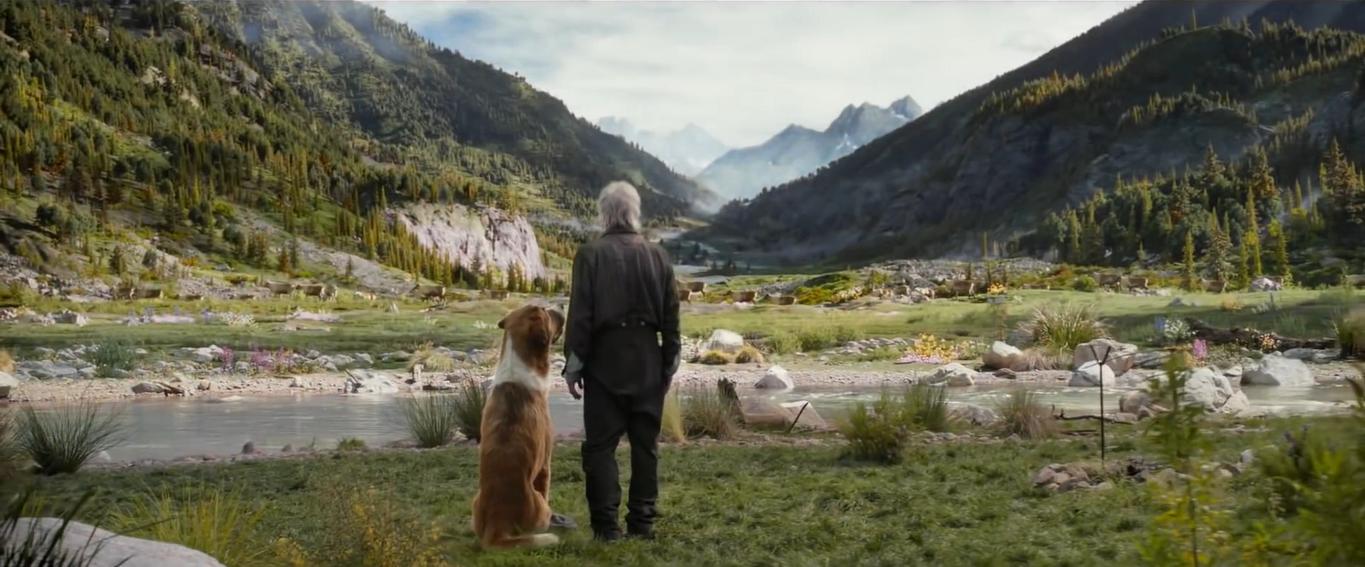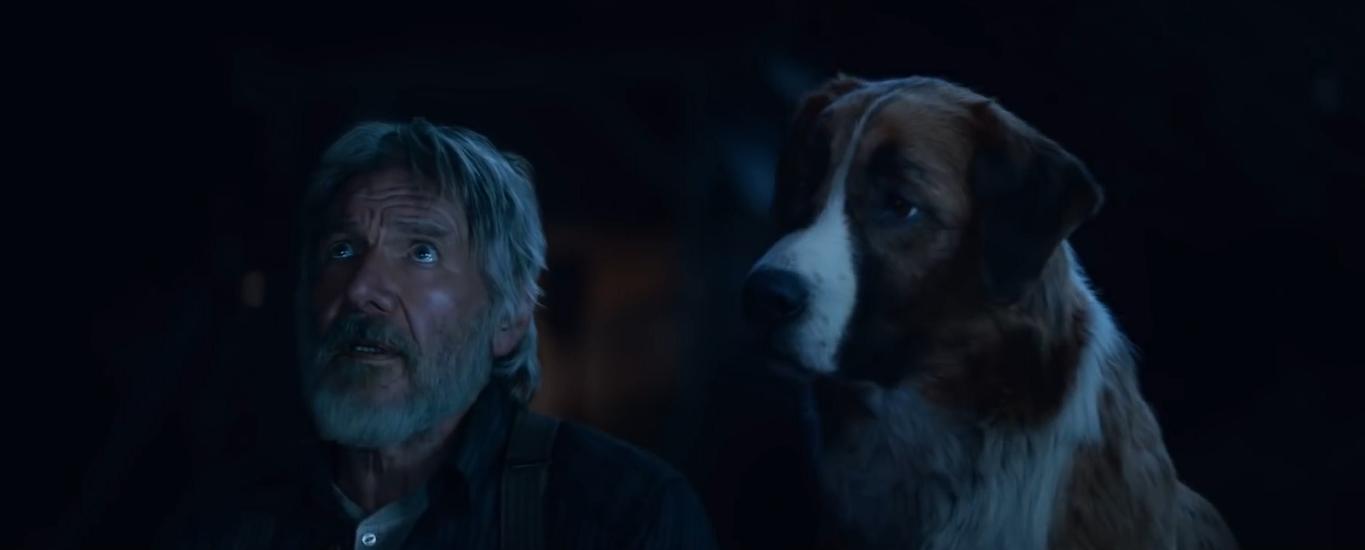I guess the problem isn’t that director Chris Sanders opted to use motion-capture. I reckon it isn’t easy to train real dogs to fight like graceful and majestic warriors atop a snowy hill as other canines watch on in nervous anticipation like it’s Ip Man vs a Japanese army general (a great scene, by the way). The problem is that it’s not believable when there are human characters around, which is 99.9% of the time. I guess it’s supposed to look like the direwolves in Game of Thrones, except every now and again, the dog, Buck, which looks kind of real, does something cartoonish that’s diametrically at odds with its realistic design. Here’s the thing. A solid screenplay filled with great characters can engulf you completely and make you forget about imperfect visual effects (think Indian cinema’s Baahubali). But Michael Green’s script based on Jack London’s book of the same name is shallow. Just like its VFX, The Call of the Wild is not kill-me-now terrible. It’s just a meaningless and forgettable TV movie at best — the kind you randomly put on one day in the background while doing the dishes, angrily thinking about your useless boyfriend that should be in the kitchen helping you out instead of sitting on his ass watching football highlights on his phone. (For the record, I’m that useless boyfriend.) It doesn’t give you immediate entertainment in the theatre (i.e. Sonic the Hedgehog) and you’ll find more to chew on after in a can of minced beef that has been ravaged by ten stray dogs. You can say that The Call of the Wild is a story of a tame house dog who goes on a journey of self-discovery, reconnecting with nature and unleashing the inner beast that lies within itself. You can even say that it’s simultaneously a tale of a man who goes on a similar journey as he tries to figure out where home is. But anybody can come up with half-decent loglines. The challenge is expanding these loglines into a rich script and then translating that script into an engrossing motion picture. Which The Call of the Wild definitely isn’t. It’s more like a condensed and cheap replica of How to Train Your Dragon 3. There’s even a scene where we see Buck, a brown dog and his new white wolf girlfriend standing atop a precipice in a magical looking forest as other wolves look up at them in adoration. The difference is, the scene in HTTYD almost brought me to tears; here I thought to myself awesome! I guess this means the movie is going to end. Side note: I get that the book was published in 1903, years before the makers of HTTYD were even sperm, let alone born. I’m just saying I thought of HTTYD 3 when I watched this movie because HTTYD 3 told a similar tale infinitely better.
The Call of the Wild just jumps from chapter to chapter, event to event without pausing to explore anything. We begin in a small town. Everybody loves Buck, but it’s obvious that he doesn’t belong. He’s always breaking things and ruining parties. He’s a large ball of energy whose proverbial wings are tied. One day he gets abducted and shipped to Yukon. He gets bought by a kind mailman who uses dogs to pull his sleigh across hills and Frozen lakes as he delivers letters. You think this is the story (but at the same time you can’t help but wonder how Harrison Ford fits into all this). At first, Buck struggles to pull the sledge. He’s an uncoordinated city kid among a pack of fearsome and disciplined canines. A couple of scenes later, it’s a pro. Not only is it a pro at pulling sleighs, but it also starts to have visions where a large wolf calls to him. Then it defeats the as*hole leader of the pack to become the new leader. Then the mail company gets shut down and Buck’s sold off. Buck, along with the rest of the pack is immediately bought by an aristocrat so cartoonishly evil, I can swear Dan Stevens walked on set one day thinking it was an audition to play a villain in 101 Dalmations and director Chris Sanders decided to just roll with it. As this moustache twirling douchebag whips the dogs around, Harrison Ford’s John Thornton comes to the rescue, beats up the villain, nurses Buck to health and they form a camaraderie.
There are some scenes where John and Buck do whatever a man and his dog would do in the wild, such as go fishing for gold and bum around. Then a wolf comes into the picture (the white one mentioned earlier). Buck has the hots for her INSERT MONTAGE Now Buck is like a full-on creature of the wild or whatever and John starts talking about how he left his wife but regrets doing so. (Harrison Ford is dealing with crappy material here, but he Harrison Fords his way into our Harrison Ford loving hearts). Think about how this story plays out in the How to Train Your Dragon franchise. Think about the bond between Hiccup and his dragon best friend. Think about courting scenes between Lightfurry and Toothless. The nuances and textures in their relationships. The bittersweet moment when Toothless and the dragons leave their Viking friends behind. None of that is present here. Out of nowhere the cartoonish villain who really has no place or purpose in this story waltzes into frame once again as we’re lazily propelled towards the climax. The End. There are no characters arcs in The Call of the Wild. No journey. Only generic plot points and one-dimensional ideas that we rush towards before moving onto the next one. It’s the kind of uninspired nothing-picture that leaves your body as you take your post-movie piss.

